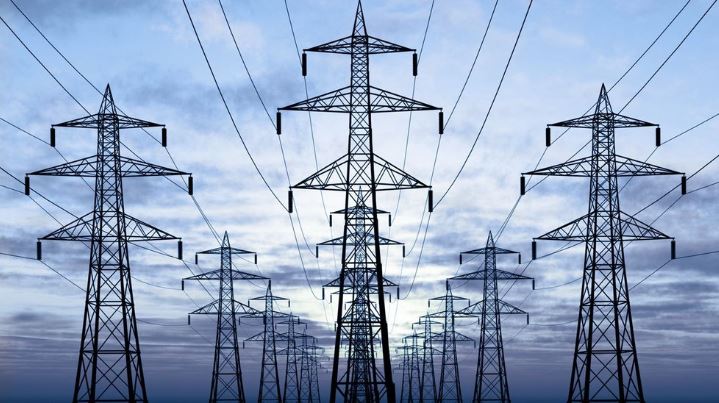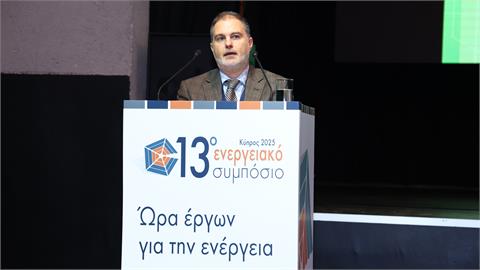In its latest Monthly Analysis of June 2022, which is freely accessible, IENE raises the issue of whether Europe’s electricity system can deliver more competitive prices. In an about-turn, the President of the European Commission, Ursula von der Leyen, acknowledged that the EU’s electricity market “does not work anymore” and needs to be adapted to the “new realities of dominant renewables”.
In its latest Monthly Analysis of June 2022, which is freely accessible (here), IENE raises the issue of whether Europe’s electricity system can deliver more competitive prices. In an about-turn, the President of the European Commission, Ursula von der Leyen, acknowledged that the EU’s electricity market “does not work anymore” and needs to be adapted to the “new realities of dominant renewables”. Responding to questions from the European Parliament on June 8, 2022, von der Leyen admitted that current measures to address surging energy prices had fallen short of addressing structural issues in the EU electricity market.
“Indeed electricity prices – energy prices – are skyrocketing. And we are doing a lot on it,” von der Leyen said, citing the “toolbox” put forward by the Commission in autumn last year, which allows EU countries to tax the windfall profits made by energy firms and subsidise energy bills for the most vulnerable households and small businesses. “But we also acknowledge that this is a short-term relief that will not change the structure of the market,” she added, saying power markets were “designed in a way like it was necessary twenty years ago” when the share of renewables was low.
“Today, the market is completely different. It is the renewables that are the most cost-effective and the cheapest ones,” she explained. Gas prices have surged to record highs since the autumn on the back of tight supplies from Russia and the economic recovery from the COVID-19 crisis – a situation now compounded by the Ukraine war. This has pushed up the price of electricity, which is driven by “marginal” production capacity available from gas power plants that can be fired up at short notice to meet peak demand.
Currently, there is a debate whether the European electricity markets should change or not. On the one side, energy regulators and incumbents see no need for change and on the other side, the European Commission and a number of governments announced structural market reforms. For instance, Germany will develop a new electricity market design as part of the expansion of renewables, while Italy wishes to revise, in structural terms, how the price of electricity is formed, which is a systemic problem and must be resolved with structural solutions, decoupling the price of gas from the price of electricity.
As already reported by the IENE, most energy analysts point out that the current electricity market design is unsustainable in the face of deep penetration of intermittent renewables. Design assumes that spot wholesale electricity prices will incentivize investment decisions in generation. That may be feasible in a fossil-based system when spot prices reflect high marginal costs. But renewables have near-zero short run marginal costs. As the share of renewables rises, their low marginal cost will depress spot prices to levels that make investment unattractive. Failure to attract investment in the power sector will undermine the energy transition.




